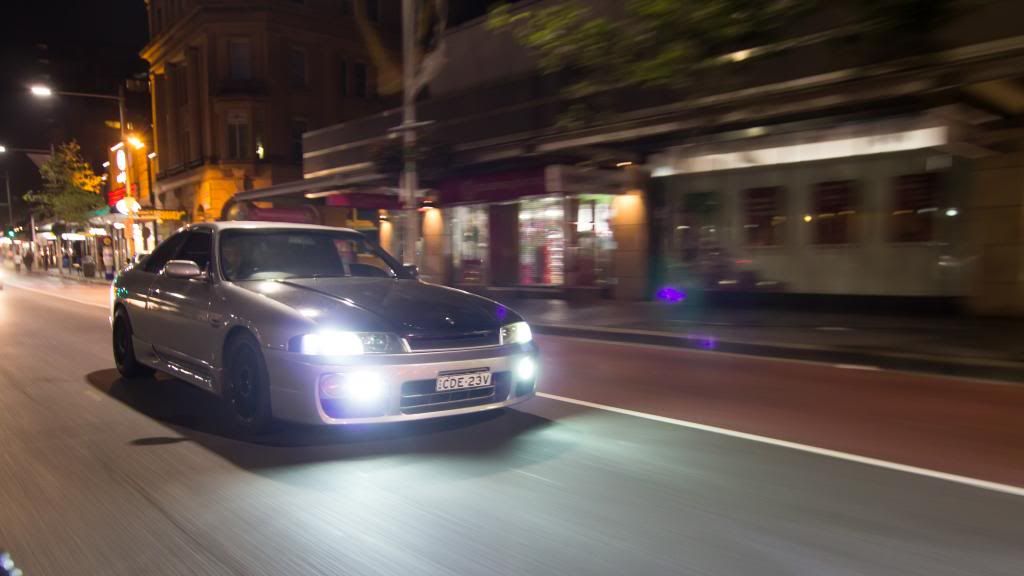Distortion on the Sigma is definitetly there, but never really a problem.
You're more likely to get bad distortion from bad use of the lens, than just the lens model type you choose anyhow.
I have no experience with the Sigma 10-20/3.5, and only some with the f/4-5.6 version
I can't see the benefit of the f/3.5 aperture to be honest. That's only 1/3 brighter than the cheaper version at 10mm, and not enough of a benefit at 20mm compared to the Tokina at 16mm!
Tokina seems to be the better option
(but I'll give a quick users point of view about the slower Siggy(hopefully this can also translate to the faster aperture version in some way).
From my understanding on the Sigma(f/4-5.6) is that distortion is much more noticeable on Nikon/Pentax than on Canons anyhow.
Where moustache distortion comes into the image on a 1.5x crop sensor, is slightly lessened by the 1.6x crop (narrower field of view) of the Canon format.
In over 7 years of using the Sigma myself, I never once had to look for software to un-distort any images .. (on Nikon cameras too tho!)
Just knowing that the lens can distort an image in a specific way at whatever focal length, empowers you to set up the shot so that this distortion is not going to ruin the image in some way.
Basically, it's not a major issue if you take some precautions.
BUT! as you have a preference for the faster aperture, then for sure the Tokina is the better lens .. as long as it doesn't cost an arm and a leg more than the Siggy!
if you can justify any price premium of the Tokina over the Sigma UWA .. then do so.
I also wouldn't worry about the shorter focal length range.
My only concern about the Tokina(cf the Sigma) lens is CA .. a lot more purple fringing in high contrast edges on the Tokina.
Can be easily processed out, but that may also introduce other image issues.
If people are having issues with edge sharpness on the Sigma, it's probably due to not stopping down far enough, or not focusing appropriately.
sample image:

crop:

(approximately of the red area)
This is captured on the D800E in Fx mode. The crop(where the lens was focused) is actually outside of the Dx circle .. ie. where the lens is supposed to create images.
While the crop doesn't look remarkable in any way in terms of detail, it must be remembered that its producing any detail out of the bounds of the lenses supposed working area.
And this is shot wide open, and with a CPL attached too.
Note tho, edges can be rendered unsharp if the lens has been knocked about a bit too. I guess lens elements can be skewed out of alignment over time if the lens has seen heavy use.
I know mine has, both .. heavy use, and now has some edge rendering issues.
One side is definitely sharper now than it used to be(as I remember) .. one day I'll take it to Sigma for a CLA.
Also, a small side note:
Which ever lens you choose, and subsequently decide you also want a CPL filter, keep this in mind.
(from what I've seen) the Tokina 11-16/2.8 benefits more from using a slim type filter than the Sigma 10-20/4-5.6. I got a slim type CPL for the Sigma, and it made no difference to vignetting at all(ie. a bit of a waste of money)!
So if you get the Tokina and then want a CPL think about the possible issue of vignetting and get a slim type CPL. If you get the Sigma, then a normal CPL should suffice.
I realize that my comments are not about the 10-20/3.5, but I can't imagine them being too much different in the overall scheme of things.
Tokina still sounds like the better option simply due to the advantage of aperture.
If 10mm is still the best wide angled FOV choice, I'd be inclined to forgo the extra 0.3 - 1.3Ev aperture advantage .. simply as not enough of an advantage considering the added burden(eg. 82mm filter size).







 Thanks useful information:
Thanks useful information: 
 Reply With Quote
Reply With Quote Add To Bookmarks
Add To Bookmarks




 Threadstarter
Threadstarter
 I rented one last weekend and it didnt disappoint as far as shooting a couple of my friends cars, I found it had minimal distortion at 11mm and close to none at 16mm, thought I'd get views of people who might've owned the sigma (I tend to get over excited and a tad impatient when buying gear or car parts
I rented one last weekend and it didnt disappoint as far as shooting a couple of my friends cars, I found it had minimal distortion at 11mm and close to none at 16mm, thought I'd get views of people who might've owned the sigma (I tend to get over excited and a tad impatient when buying gear or car parts  ) How ever the slow bursts of the 600D was starting to irritate me with some of the panning shots and rolling shots so I've decided to part with it and go with a 7D solely for the auto-focus and its 8fps shooting. Thanks for your input guys
) How ever the slow bursts of the 600D was starting to irritate me with some of the panning shots and rolling shots so I've decided to part with it and go with a 7D solely for the auto-focus and its 8fps shooting. Thanks for your input guys 





















